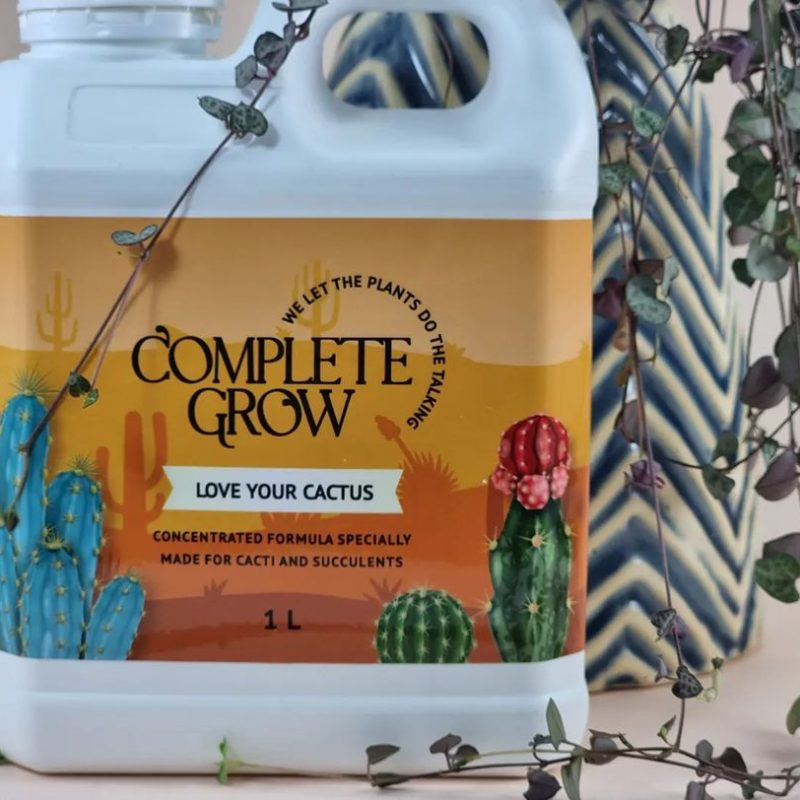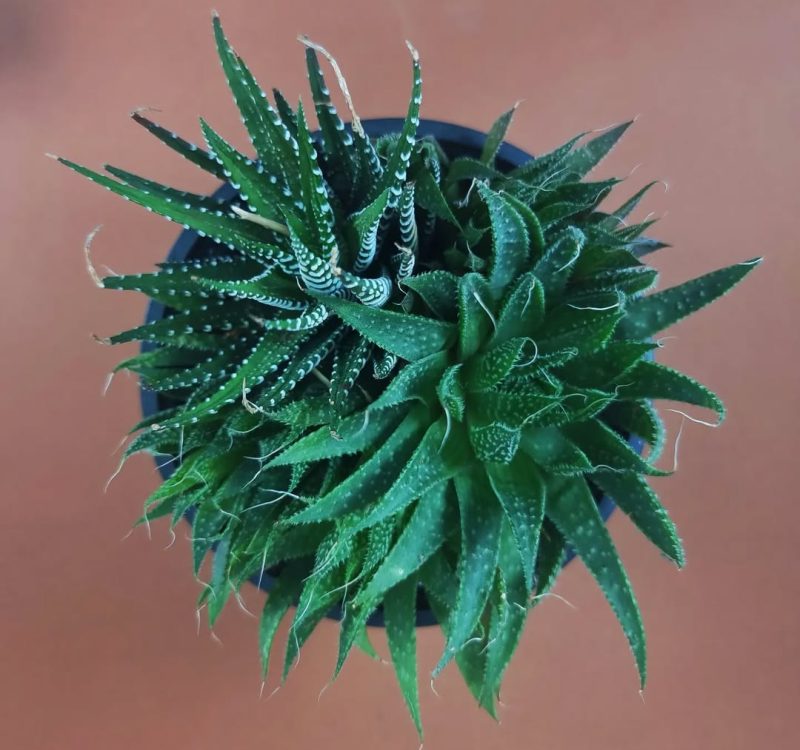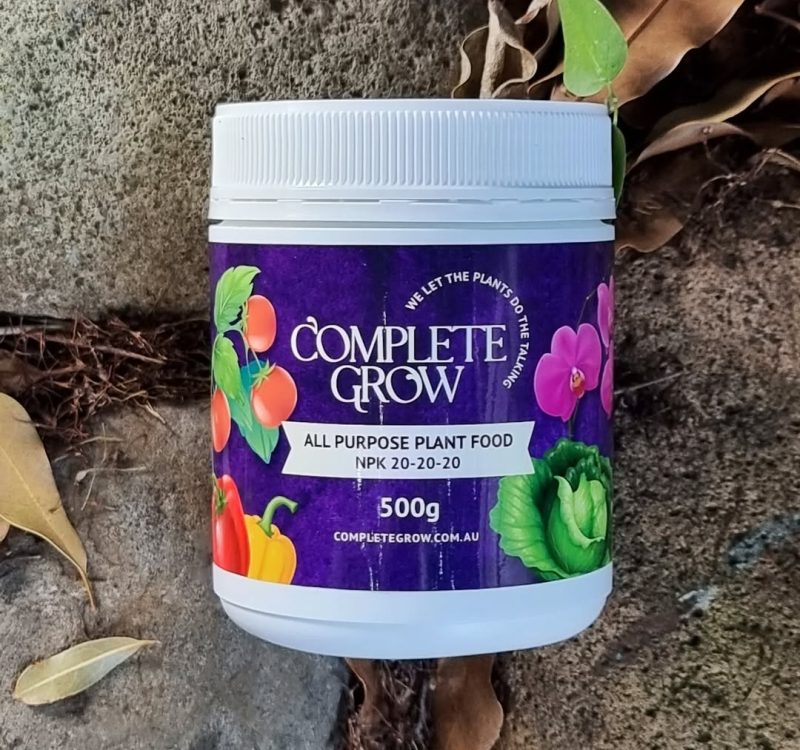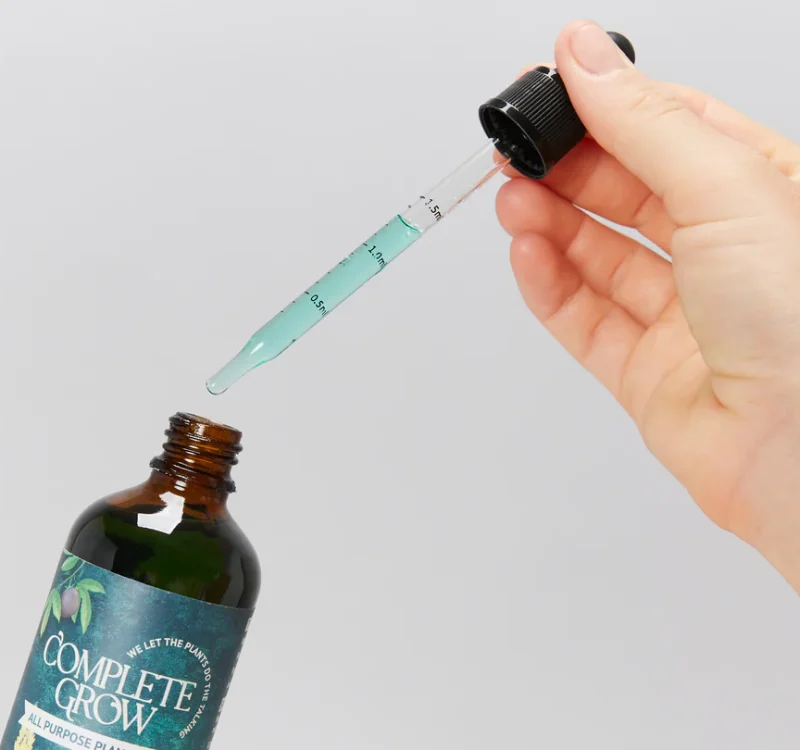peyote cactus
Transform Your Garden into a Personal Paradise!
Peyote Cactus – Lophophora williamsii Growth & Characteristics
The Peyote Cactus (Lophophora williamsii) is a small, spineless cactus native to the desert regions of northern Mexico and southern Texas. Recognised by its soft, button-like shape and blue-green colour, peyote grows low to the ground in rocky, limestone-rich soils. Its slow growth and unique appearance make it a rare and fascinating species among cactus collectors.
Peyote is famous for its historical significance in Native American and Mexican spiritual practices, although in Australia and many other countries, the plant and its active compounds are strictly controlled. While cultivation for ornamental purposes may be legal in some regions, it’s essential to understand your local regulations before purchasing or growing this cactus.
Key Characteristics
- Growth Habit: Slow-growing, forming soft, rounded “buttons” around 2–5 cm in diameter.
- Spines: Virtually spineless, with small tufts of white wool in place of spines.
- Flowers: Produces small pink or white flowers in summer when mature.
- Habitat: Prefers rocky, arid regions with excellent drainage.
- Lifespan: Can live for decades, but reaches maturity slowly.
Because of its extremely slow growth, peyote is highly prized among collectors. A plant may take 5–10 years to reach flowering size in ideal conditions.
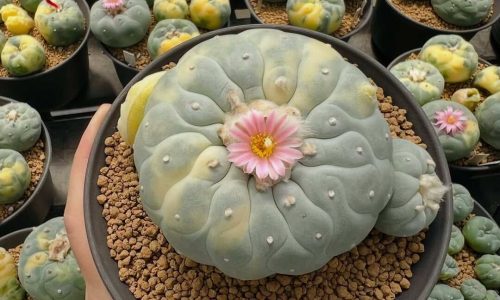
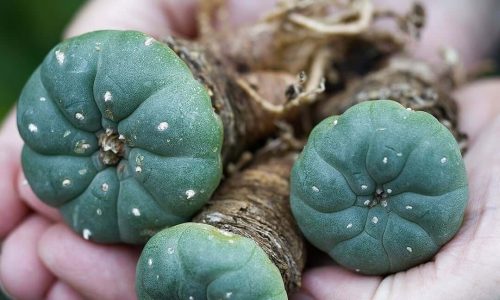
How to Grow and Care for Peyote Cactus
Peyote requires very specific conditions to thrive, mimicking the dry desert environments of its natural habitat. Overwatering is the most common cause of plant loss, so maintaining proper drainage is critical.
- Light: Bright light with some direct sun is ideal. In harsh Australian summers, protect from extreme midday heat to prevent scarring.
- Soil: Use a gritty cactus mix with added sand, pumice, or perlite to ensure rapid drainage.
- Water: Water sparingly during the warm growing season, only when the soil is fully dry. In winter, reduce watering to once a month or less.
- Temperature: Best grown in temperatures of 18–32°C. Protect from frost, as freezing can be fatal.
Peyote can be propagated from seed or by carefully separating offsets from mature plants, but both methods require patience. Seeds may take weeks to germinate, and growth remains slow for years. A well-ventilated, warm environment is crucial for healthy development.
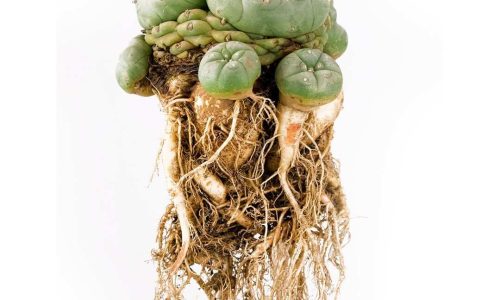
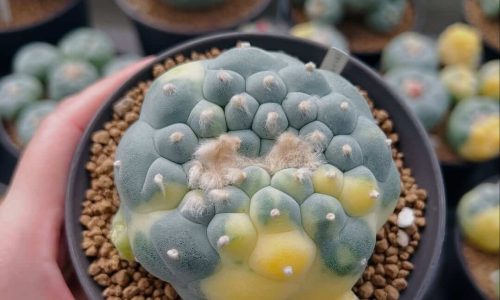
Fertilising Peyote Cactus & Common Questions
To maintain compact growth and encourage healthy root systems, peyote benefits from a low-nitrogen, high-phosphorus fertiliser. Avoid strong general-purpose fertilisers, as they can overstimulate growth and damage the plant.
Use CompleteGrow’s Cactus Succulent Plant Food Fertiliser Concentrate (2‑7‑7 NPK) once a month during the active growing season (spring to early autumn). This formula enhances root health and supports flowering in mature plants without forcing excessive soft tissue growth.
- Dilute to recommended strength and water the soil evenly.
- Skip feeding in winter to respect the plant’s natural dormancy.
- Repot only every 3–4 years, as peyote prefers to be root-bound.
Peyote Cactus FAQ
How long does it take for peyote to grow?
Peyote grows extremely slowly. It can take 5–10 years to reach flowering size under ideal conditions.
Is peyote cactus legal in Australia?
The plant and its active compounds are controlled under Australian law. Check local regulations before purchase or cultivation.
Does peyote cactus need full sun?
It needs bright light with partial sun. Too much direct midday sun can cause bleaching or scarring.
How often should I water peyote?
Water sparingly during the growing season, allowing the soil to dry completely. Reduce to monthly or less in winter.
Recommended Products
- Quick View
- Select options This product has multiple variants. The options may be chosen on the product page


